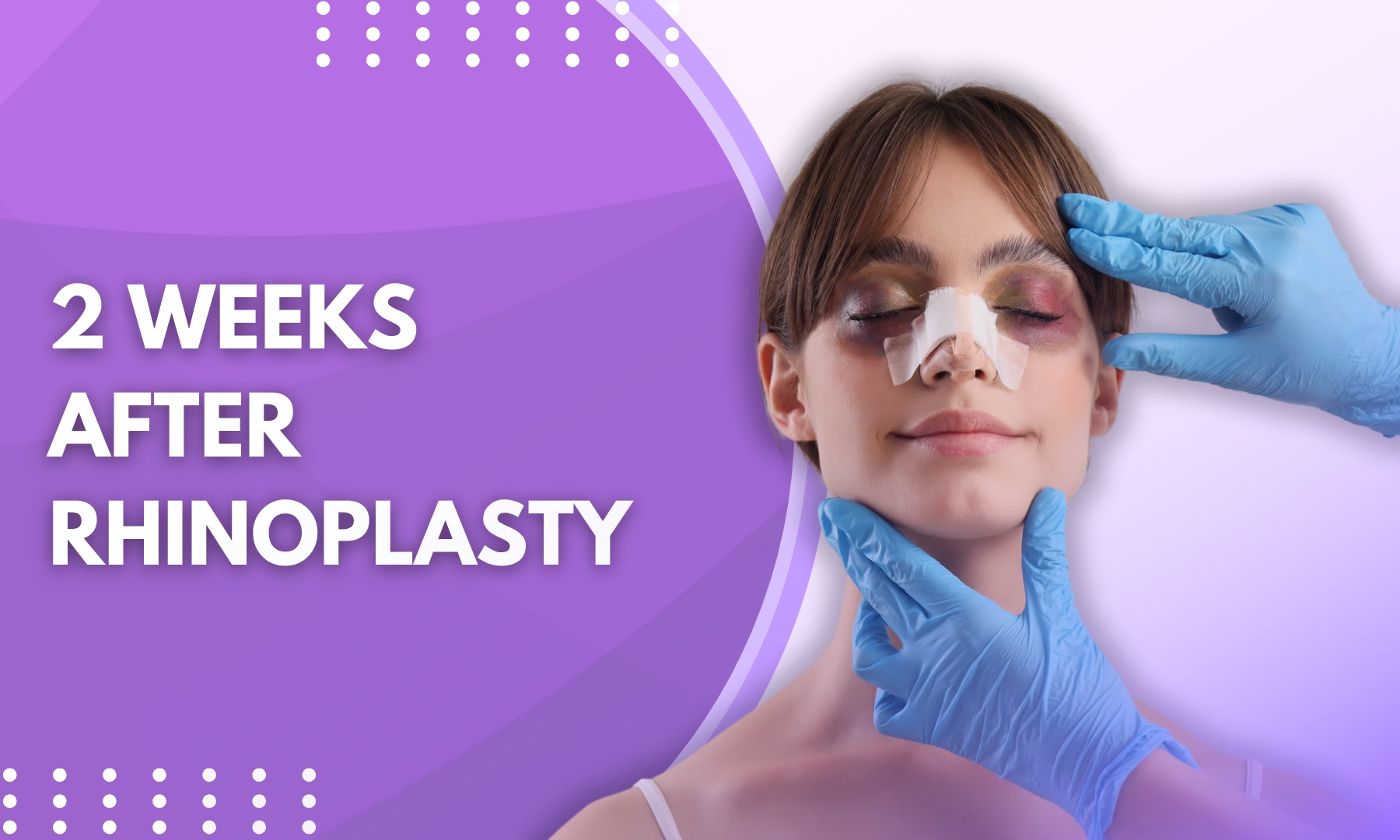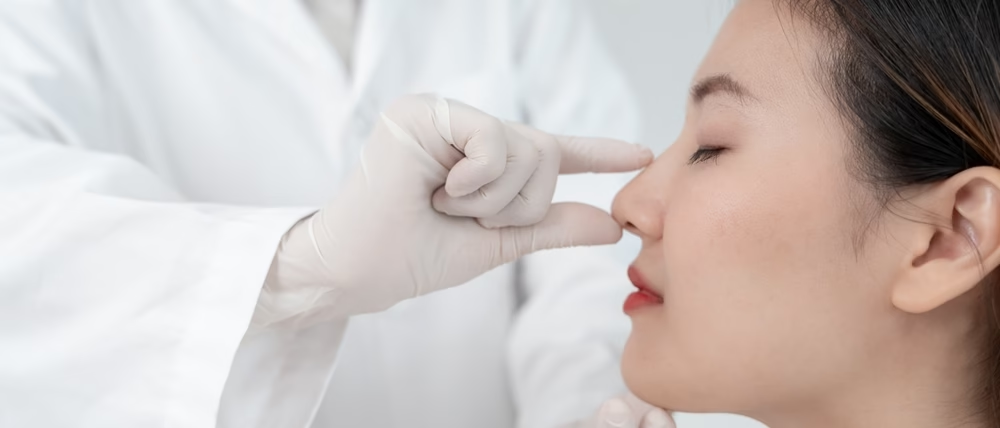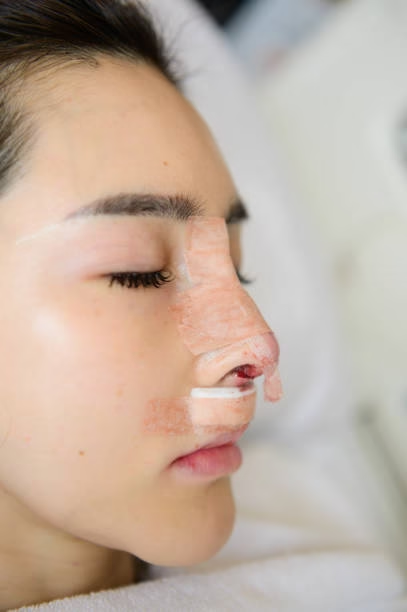
Sometimes, individuals feel self-conscious about certain facial features—especially the nose, which sits at the center of the face and influences overall appearance. Dissatisfaction with nasal shape or structure can affect self-esteem, social confidence, and even professional interactions. This is one reason why rhinoplasty, or nose reshaping surgery, remains one of the most sought-after cosmetic procedures worldwide.
Globally, over 852,000 rhinoplasties are performed each year, according to ISAPS (International Society of Aesthetic Plastic Surgery) statistics, making it one of the top five cosmetic surgeries. In India, rhinoplasty has seen a steady rise, with metropolitan cities like Mumbai leading the demand for both functional and aesthetic enhancements. Dr Viral Desai, a renowned plastic surgeon in Mumbai, has been at the forefront of providing expert rhinoplasty solutions for patients seeking transformative results.
Dr. Viral Desai, an acclaimed cosmetic surgeon in Mumbai, shares: “At 2 weeks after rhinoplasty, patients often notice meaningful changes—bruising subsides, swelling reduces, and the shape of the nose starts becoming more refined. However, full recovery takes months, so patience and proper care are essential to achieve the desired results.”

And that’s just the beginning—what’s happening inside your nose at this stage might surprise you.
Healing Progress and Nose Appearance at 2 Weeks
Two weeks after rhinoplasty, your nose is still in the early stages of recovery, but many visible changes begin to appear. Most patients feel more comfortable stepping out without obvious signs of surgery.
Here’s what you can typically expect:
Reduced Swelling – While the initial swelling is most prominent in the first week, around 60–70% may have subsided by the second week. However, subtle puffiness can persist, especially at the nasal tip.
Diminished Bruising – Bruising around the eyes and cheeks generally fades, making the face look more natural.
Improved Breathing – If structural corrections were made, you might notice an improvement in nasal airflow.
Shape Definition – The nose’s new contours start to emerge, though final refinement can take up to a year.
Dr. Viral Desai, a distinguished plastic surgeon in Mumbai, notes: “At this stage, patients often feel a mix of excitement and impatience. They can see significant improvement but must remember that deep tissue healing is still ongoing. Rushing recovery can compromise long-term results.”

But here’s the thing—just because you feel better doesn’t mean you can do everything yet.
Activities You Can Safely Resume After 2 Weeks
By the two-week mark, most patients can return to many normal routines—provided they proceed with caution.
You may be able to:
Return to Work – Especially if your job is desk-based or light-duty, this is usually safe.
Resume Light Exercise – Gentle walking or stationary cycling is typically fine, but avoid anything that increases blood pressure excessively.
Social Engagements – The reduced swelling and fading bruises make you more comfortable meeting people.
Careful Face Washing & Makeup – You can start using gentle cleansers and light makeup to conceal residual discoloration.
Dr. Viral Desai, a meticulous facial aesthetics expert in Mumbai, says: “Even though patients feel more ‘normal’ at this point, any activity that risks nasal trauma—like contact sports—should be postponed. The internal structures are still stabilizing.”
What to Avoid
While progress is encouraging, certain habits and actions can hinder healing or even damage results.
Strenuous Exercise – Activities that raise heart rate or blood pressure significantly can increase swelling or cause bleeding.
Wearing Glasses Directly on the Nose – This can create pressure points that affect nasal shape.
Blowing Your Nose Forcefully – This risks disrupting internal sutures or causing bleeding.
Sun Exposure – Freshly healing skin is more sensitive and prone to pigmentation.
Smoking or Alcohol – Both slow the healing process by affecting blood circulation.
Dr. Viral Desai, a leading rhinoplasty specialist in Mumbai, advises: “Recovery is not just about what you do—it’s equally about what you avoid. Small missteps in these early weeks can undo the precision of surgical work.”
Care Tips for Optimal Healing Beyond Week 2
Healing is an active process, and what you do now can influence your final results months down the line.

Follow these essential tips:
Stay Hydrated – Water supports tissue repair and reduces inflammation.
Eat a Nutrient-Rich Diet – Include protein, vitamin C, and zinc to aid collagen production.
Use Cold Compresses Wisely – Only if recommended, and never directly on the nose after the first week.
Sleep With Your Head Elevated – This reduces overnight swelling.
Follow Your Surgeon’s Instructions – Adhering to prescribed medications and aftercare guidelines is non-negotiable.
Dr. Viral Desai, a precision-focused cosmetic surgeon in Mumbai, explains: “Patients often underestimate the role of lifestyle in healing. Simple things like hydration, diet, and proper sleep positioning can significantly speed up recovery.”
But even with the best care, sometimes the body gives signals you shouldn’t ignore.
When to Consult a Doctor
While mild swelling, numbness, or tightness is normal, certain symptoms require immediate medical attention:
Persistent or Worsening Pain – Could indicate infection or internal pressure.
Sudden Increase in Swelling or Redness – Possible sign of infection or allergic reaction.
Fever – A potential indicator of systemic infection.
Unusual Nasal Discharge – Especially if yellow or foul-smelling.
Difficulty Breathing – Needs urgent evaluation.
Dr. Viral Desai, a trusted facial reconstructive surgeon in Mumbai, warns: “Ignoring warning signs can turn a minor complication into a major setback. When in doubt, it’s always safer to seek professional evaluation.”

Now, let’s tie everything together before we tackle the most common questions patients have.
Conclusion
Two weeks after rhinoplasty is a turning point—you begin to see the potential of your new nasal structure while feeling more like yourself again. Swelling decreases, bruises fade, and confidence slowly returns. However, the internal healing process is far from complete, and patience remains your most valuable ally.
Adhering to aftercare guidelines, avoiding risky activities, and knowing when to seek medical advice can make the difference between a good result and an exceptional one.
Still curious about some details that weren’t covered above? Let’s answer them…
Frequently Asked Questions
1. Can I wear sunglasses 2 weeks after rhinoplasty?
No, it’s best to wait at least 4–6 weeks before placing any pressure on the nasal bridge. Special “post-surgery” glasses can be worn if approved by your surgeon.
2. Will my nose still feel numb at 2 weeks?
Yes, mild numbness—especially around the tip—is common and can last several weeks as nerves regenerate.
3. Can I blow my nose gently now?
It’s best to avoid blowing your nose until your surgeon gives clearance, as even gentle pressure can affect healing tissues.
4. How do I know if my swelling is normal?
If swelling is gradually decreasing and not accompanied by pain, redness, or fever, it’s likely part of the normal healing process.
5. Will my final nose shape change after the 2-week mark?
Yes, subtle changes continue for months as tissues settle and swelling completely resolves, with final results visible around 9–12 months.
Disclaimer: The information shared in this content is for educational purposes only and not for promotional use.


